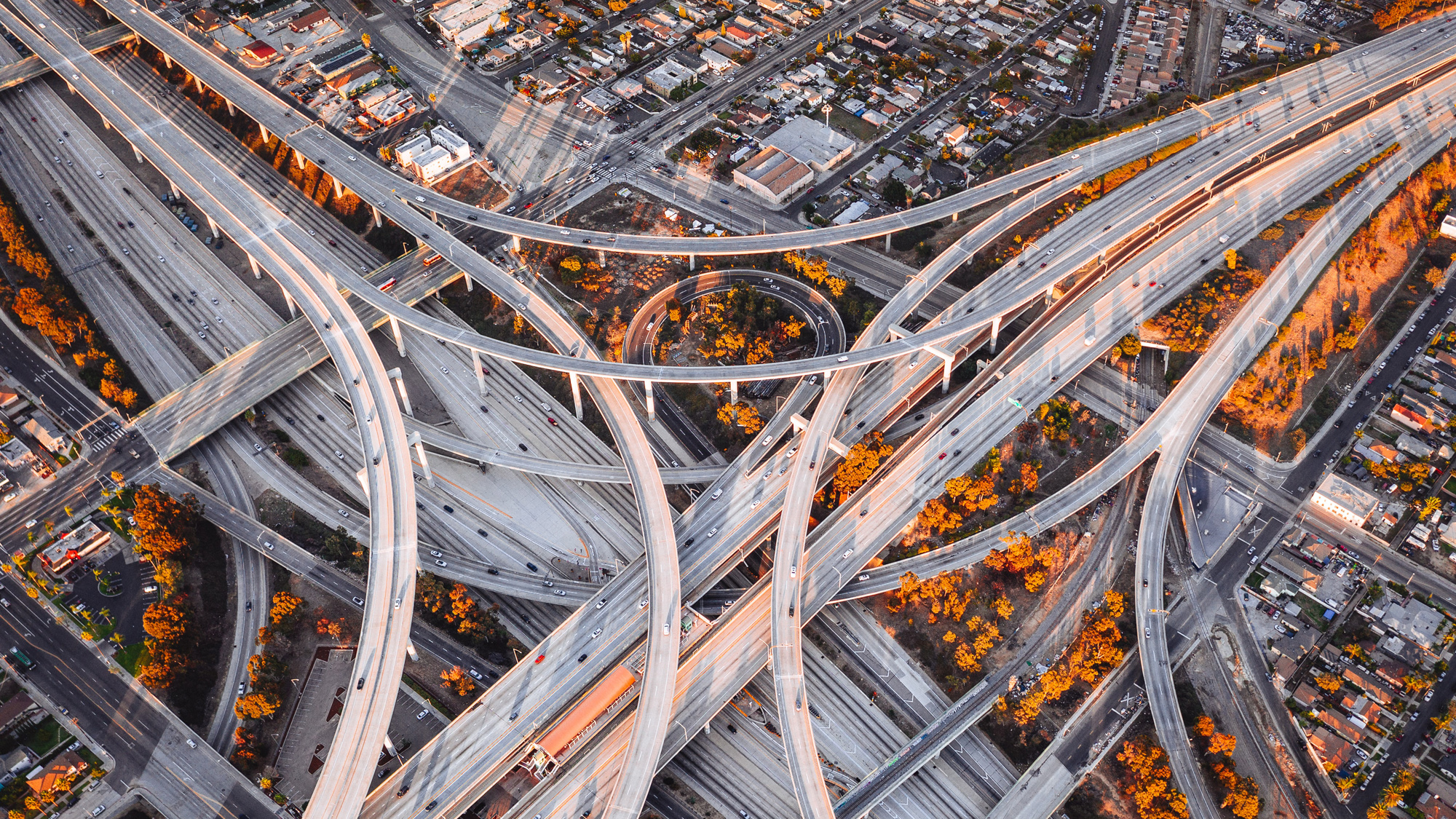Senate Majority Leader Chuck Schumer hailed the $1.2 trillion bipartisan infrastructure plan as a generational milestone. Superficially, his glowing endorsement makes sense. Most of the nation’s major infrastructure has not been improved since the 1960s. Consequently, a 2021 report by the American Society of Civil Engineers (ASCE) assigned a “C-” to our infrastructure — indicating “significant deterioration” along roads, bridges, airports, waterways, and rail lines. These issues are paramount. Yet resurrecting a privatization scheme, which Democrats initially rejected when Trump proposed, will only exacerbate existing inequalities. Under the proposal, the “asset recycling” provision consists of private investors purchasing public infrastructure. The government then allocates the proceeds towards other vital projects. In theory, it sounds innovative and efficient. In practice, it has flopped at home and abroad.
FISCAL POLICY DIFFERENCES: FEDERAL V. LOCAL
Local governments typically resort to asset recycling when financially squeezed.
The federal government — unlike local municipalities — is not subject to this constraint. It possesses the ability to issue its own currency. In other words, if necessary, it can sell treasury securities to counteract inflation. Printing too much money is mainly a concern if there is no productive capacity in the economy. This is not the case as evidenced by the fact that 25 percent of bridges are classified as structurally deficient, one-fifth of airport arrivals and departures are delayed, and 18 million Americans lack broadband access.
CASE STUDY: CHICAGO PARKING METERS
In 2009, Chicago became a cautionary tale highlighting the pitfalls of asset recycling. The city leased its 36,000 parking meters to a group of investment firms spearheaded by Morgan Stanley for 75 years and a one-time payment of $1.16 billion.
Chicago generates approximately $24 million annually from parking meter fees. In contrast, the investors collect $138.7 million annually — indicating a significant rate surge. Additional costs are bestowed upon residents to ensure greater profits for business.
The investors also coerce the city into austerity measures by charging exorbitant fees if they wish to replace meters with bike, ride-sharing, or bus lanes. The one-time cash infusion from the lease replaced a more lucrative and durable long-term revenue source for the city. This means that investors had already turned a $500 million profit on the sale by 2019 — despite 65 years remaining on the lease.
Unlike the government, private investors are primarily motivated by generating a profit. This means that while infrastructure is a public good, an unelected wealthy few get to determine which projects receive priority.
TOLL ROADS
Investors gravitate toward projects that can generate substantial revenue. Unsurprisingly, many of these public-private partnerships involve the construction of toll roads in high traffic areas.
In 2006, the Texas Department of Transportation (TxDOT) entered a public-private partnership for a 50-mile highway connecting southeast Austin with Georgetown. Developers paid TxDOT $25 million, expecting to acquire 50 years worth of toll revenue. However, toll road use did not align with developer projections leading the concession company to declare bankruptcy in 2016.
The private investor’s $1.4 billion debt was forgiven. Meanwhile, taxpayers were still stuck with paying $430 million of federally-backed loans. As a result, the investors came out as the big winners: they are debt-free and will continue to earn profit from the tolls until the contract expires in 2062.
Similar instances of private entities fleecing taxpayers and then imposing regressive tolls on them have occurred in California, Alabama, and Indiana. A moral hazard is created when investors deceive taxpayers with overly optimistic projects, knowing they will get bailed out and eventually profit.
ASSET RECYCLING: AUSTRALIA
In 2013, Australia enacted a nationwide asset recycling program. The federal government paid states an additional 15 percent of the sale price for various infrastructure (roads, ports, electrical grids) auctioned off to private firms.
Like the Darwin Port leased to a Chinese firm for 99 years, many of the assets were grossly underpriced. After the transaction was completed the state governments could not entice investors and developers to begin other vital infrastructure projects, while the federal government used the proceeds from the lease to fund its share. In Australia’s Northern Territory, not a single project was deemed sufficiently profitable by investors, despite the state pledging proceeds from a port sale. Unsurprisingly, the federal government discontinued the asset recycling scheme in 2016. Selling public goods at a discount to private investors narrowed the scope of prospective projects and depleted state revenues.
BETTER PRIORITIES: LOCAL TRANSIT AND HIGH-SPEED RAIL
Investments in transportation infrastructure are essential. Buses and passenger rail emit 25 and 80 percent fewer emissions per capita than cars respectively. Public transit is inextricably linked to economic equity. Some of the nation’s most physically mobile cities also rank in the top 10 for social mobility. Public transit makes job opportunities and health care more accessible for low-income communities. Nationally, the average public transit user saves $812 annually relative to motorists.
The U.S. high-speed rail network lags behind that of peer nations. Much smaller countries like Spain, South Korea, France, Italy, and even Finland enjoy greater quantities of operational high-speed rail track. The bipartisan proposal would repair portions of Amtrak’s lines. However, it does expand route coverage. Furthermore, data from France illustrates that planes emit CO2 at 77 times the rate of trains on routes shorter than 2.5 hours — at a more affordable rate for passengers.
The White House released a blueprint of the Bipartisan Infrastructure Framework, although it does not stipulate the percentage of the $1.2 trillion allocated towards private-public partnerships. This omission indicates a dearth of transparency and cost volatility associated with these projects. The plan earmarks $66 billion for high-speed rail and $49 billion for public transit. Yet, these projects will require more funding.
Prioritizing these projects would foster greater equity, efficiency, sustainability, and transparency without relying on profit-driven private interests.

